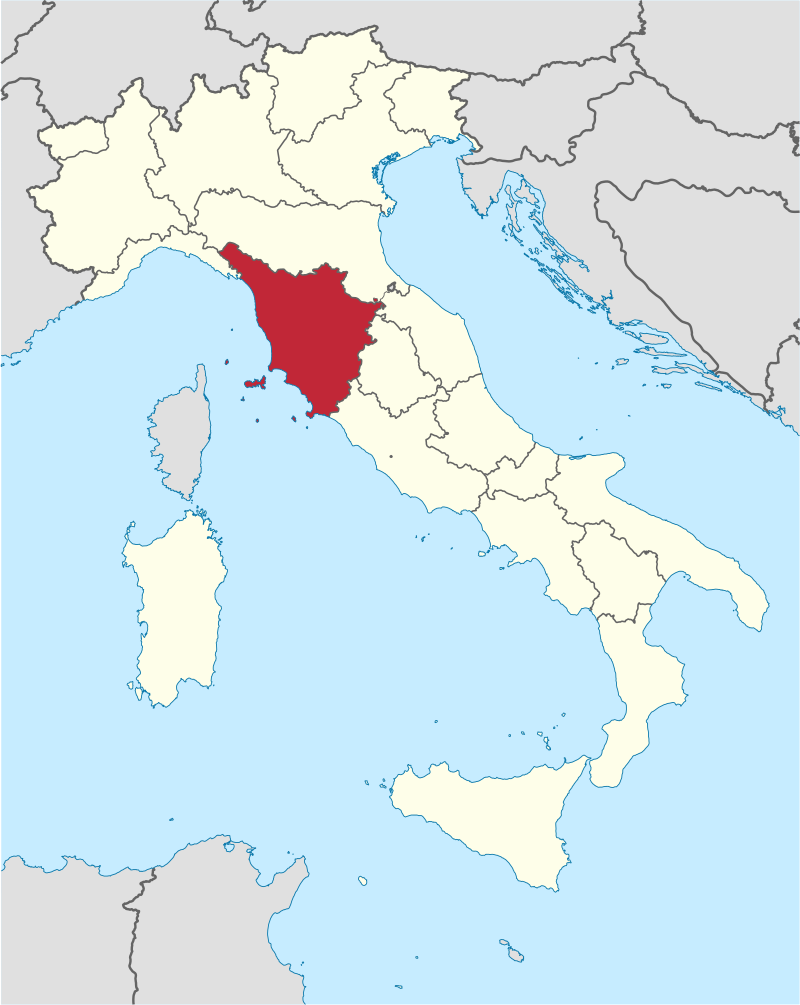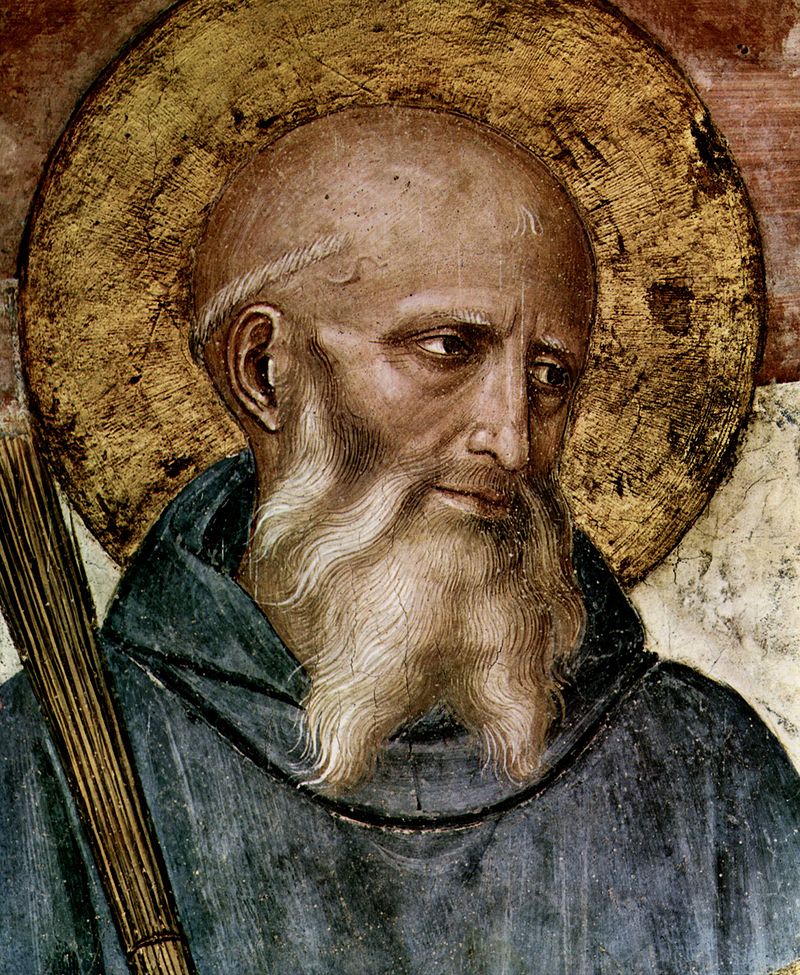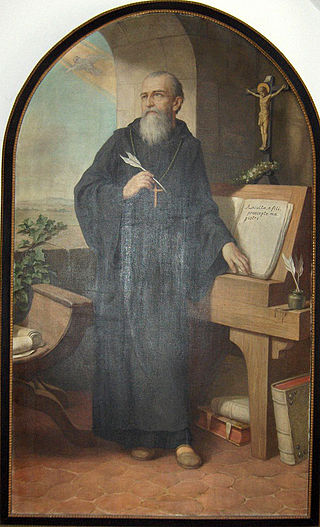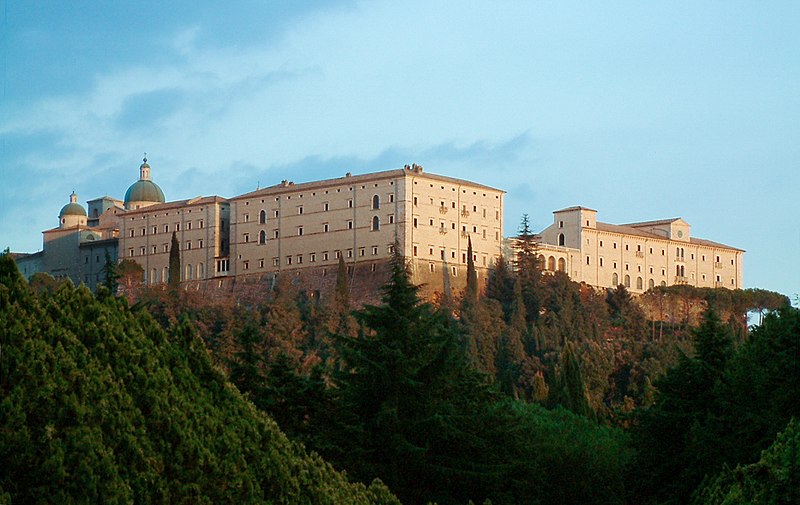16 September 2016, Landschlacht, Switzerland
Two days ago I returned from a week´s sojourn in Turkey.
(To be mentioned in future blog posts…)

Today I am paying for it with symptoms that need not be described here, but suffice to say I am staying home and close to medicine chest and bedroom and water closet.
But, on the positive side, this does give me the opportunity to write.
1 August 2016, Monte Oliveto Maggiore, Toscana, Italia
With my wife working in Zürich 4 days a week and with my working as a teacher and barista sometimes 7 days a week, it can be said that Ute and I don´t spend a lot of quality time together.

So vacations are meant to be an attempt in redressing these absences, so what were days of separate living suddenly become 24/7 in one another’s company, not as easy an adjustment for either one of us than we might hope for!
Now, for all our differences and despite our problems, we love one another, in our own ways, but living with one another is quite different from travelling with one another.
For when two people travel together they travel within their own protective bubble, seeing the world from only within that bubble and keeping the world apart from them as the world doesn´t wish to disturb that bubble.

So, inevitably for social harmony between the pair, compromises are made and very little communication with the outside world is made at the risk of showing disinterest in the other travelling companion.
My wife can speed through a museum in record time as there remains yet another museum to see within the deadline that exists.
I stubbornly want to linger, reading every caption and trying to force a forgetful mind to remember as many details as possible.
Clearly, opposites attract!
We only had slightly less than a fortnight to explore Tuscany, so Ute wanted to see as much as possible before the last three days in Marina di Cecina where we would lie collapsed on the beach like exhausted fish.

Ute drove us from our home at the Lake of Constance near the German border to Bellinzona in Ticino (an Italian-speaking canton of Switzerland), to Montecantini Terme, Siena and Marina di Cecina and back home.
We visited the abovementioned places and many places in between.
On this day, 1 August, we left Siena and were grimly determined to see as much as possible before voluntarily beaching ourselves in Marina di Cecina that evening.
It was a truly moving religious journey as our day´s itinerary seemed to consist primarily of religious attractions: the Abbey of Santa Anna in Camprena, the Abbey of San Galgano and the Abbey of Monte Oliveto Maggiore.

I won´t linger too much on the details and stories behind the first two abbeys mentioned above in this blog post, except to say that Santa Anna was a setting for the movie The English Patient and San Galgano is famous for its sword in a stone.
(To be mentioned in future blog posts…)
But it was the Abbey of Monte Oliveto Maggiore that left the most lasting impression upon me, for this living monastic community reminds me of New Norcia – the Australian monastery eluded to in my posts Moving Heaven and Earth 3 and Adam in the Abbey 1 of this blog – while upon the walls of the Great Cloister – the wonder of Monte Oliveto – are 36 amazing frescoes depicting the life of St. Benedict, the founder of the Benedictine monastic movement.
(Some say, even Western monasticism itself.)

Now before I show you these frescoes, there are a few things one needs to keep in mind:
Though the life of Benedict is illustrated on the walls of the cloister of Monte Oliveto, Benedict (480 – 543) was neither born in Tuscany nor did he found the Abbey (founded in 1313) where his life is glorified in such exubrant drama by Luca Signorelli (1445 – 1523) and Antonio Bazzi (aka il Sodoma)(1477 – 1549) from 1495 to 1505.

Above: a Signorelli fresco

Above: a il Sodoma fresco
Despite the lifelike portrayal of Benedict´s life upon the cloister walls, there is no real certainty of the accuracy of these paintings, for apart from a short poem believed to have been written by Mark of Monte Cassino, the only account of Benedict is found in the second volume of Pope Gregory I´s (540 – 604) four-book Dialogues, which were not so much historical accounts as they were spiritual lessons and portraits of Italian holy men.

Above: Pope Gregory I
Benedict of Norcia is venerated as a saint by the Eastern Orthodox, the Oriental Orthodox, the Anglican/Methodist, and Catholic Churches.

Benedict is the patron saint of Europe and of students.
Benedict founded 12 communities for monks on the Italian peninsula and is buried at his last founded abbey, Monte Cassino.
Above: Monte Cassino
His main achievement is his Rule for Monasteries, 73 precepts for monks living communally under the authority of an abbot.

Benedict`s Rule has a unique spirit of balance, moderation and reasonableness that is so quietly persuasive that most religious communities founded throughout the Middle Ages adopted it.

Benedict did not found asceticism – this lifestyle characterised by abstinence from worldly pleasures in the pursuit of spiritual enlightenment – for asceticism has been historically observed in many religious traditions for centuries prior to Benedict´s birth.
Asceticism is not unique to Christianity, for it has been observed in Judaism, Hinduism, Buddism and Jainism, and though mainstream Islam forbids ascetic practices, its minority Sufi sect have a long tradition of strict ascetism.

Above: a Sufi Muslim ascetic, or fakir, in 1860s Bengal, India
Above: The Buddha as an ascetic, British Museum
In Christianity, Origen (184 – 253), Jerome (347 – 420), Ignatius (35- 108), John Chrysostom (349 – 407), Augustine (354- 430), John the Baptist, the twelve Apostles, Paul and even Jesus Himself developed the tenets of Christianity within highly ascetic religious environments.
The deserts of the Middle East were once inhabited by thousands of Christian hermits, including Anthony (251 – 356), Mary of Egypt (344 -421), Simeon Stylites (388 – 459), to name but a few.

Above: An illustration of Simeon Stylites
Benedict was not the first to write or create rules for monastic living, for it is said that he knew of and was influenced by the writings of Evagrius Ponticus the Solitary (345 – 399) and John Cassian (360 – 435).
Asceticism is classified into two types: natural – a lifestyle where material aspects of life are reduced to utmost simplicity without making the body suffer – and unnatural – involving body mortification and self-infliction of pain.
Following the Gregorian account of Benedict found in the Dialogues and faithfully emulated on the walls of the Great Cloister of Monte Oliveto, the visitor sees Benedict leaving home to go study in Roma, abandoning the school in Roma, magically mending a broken tray, donning the hermit´s habit in Subiaco, how the devil broke the monastery´s bell, instructing visiting peasants in sacred doctrine, avoiding temptation and assassination, producing water from stone, walking on water, changing a flask of wine into a serpent, resurrecting a young monk upon whom a wall had fallen, reproving disobedient monks, exposing shams, predicting destruction, producing flour during a famine, and releasing peasants from their bondage.
The heavens neither announce Benedict´s birth nor open wide to receive him from his deathbed in the frescoes of Signorelli and il Sodoma, for the frescoes, like the Dialogues upon which they are based, seek to teach and inspire the believer to use Benedict as their model to resist sin and maintain faith.
What impresses me most about places like Monte Oliveto and New Norcia is not so much the artworks they have been able to preserve within their holdings as the lives that these men, these monks, have chosen to live.
To visit an abbey is to take a voyage to a place where a tradition centuries old is practiced, where life is lived with one´s heart in an atmosphere of prayer.
These men who live there love their God and firmly believe that He loves them and follow what they believe to be His exhortations to love those they live amongst and to those who visit.
These monks, following a Rule and an Abbot, seek to come closer to the God they believe created them and showed them the joy of life unencumbered by little save that which is necessary to maintain one´s health and perform one´s duties.
They rise before dawn to greet the light of each day´s new creation and give thanks at day´s end for the blessings the day has bestowed upon them.
An abbey is meant to be neither a business enterprise nor an elite club of devout believers, but rather it is a brotherhood, a family, where its members come from different countries and are of varying ages, sharing the same rights and responsibilities.
At Monte Oliveto and New Norcia the life of a monk is balanced between devotion and labour.

Above: New Norcia
They meet for the liturgy six times a day to read sacred writ and sing blessed psalm and show their humility in worship of a divine presence felt though invisible, trusted though unproven.
They spend their energies outside of the Liturgy engaged in handiworks, restoring ancient tomes, producing spirits, performing agricultural or domestic duties.
Meals are eaten in silence whilst listening to instructional readings or classical and religious music.
An abbey has always been and will always remain a place of harmony, faith, contemplation, culture and art.
The Monte Oliveto monks of Benedict wear white habits, to honour their belief that the Holy Virgin – whose purity of life inspired God to use her as a vessel to bring the Son of God to mankind to save it from itself – can bring these monks in closer communion with the joy of an abundant life that faith offers the believer.

There is a part of me that envies them their surety and serenity and complete confidence in what truths they deem to be self-evident, but I also know that I am not the material from which monks are made.
To be obedient without questioning, to be silent in an atmosphere that invites conversation, to be humble with the awareness of each individual´s uniqueness, to be reverent in an irreverent world, to deny one´s self pleasures of the flesh in a world seductive, to absolve one´s self of worldly possession when there is so much literature and music and entertainment that I long to keep and still yearn to acquire, to refuse charity unless it is for the benefit of all, this is not the stuff of which I am.

But an abbey is still worthy of respect and admiration, for it represents the potential for humanity to unite beyond petty selfishness and self-interest and forge together a brotherhood of man.
It may be said that religion may be the cause for much division and strife that is life upon Earth, but I believe that religion may also possess within itself the seeds of a common humanity that may one day show us how to rise above rite and ritual to embrace the good that religion preaches and promises.
And though life within an abbey may seem to be a life lived within a dream, it is a life well worth living and a dream well worth believing in.

Sources: Wikipedia; Monte Oliveto Maggiore: The Abbey Born in a Dream; Attimi di Eternità/Moments of timelessness: Abbazia di Monte Oliveto Maggiore


